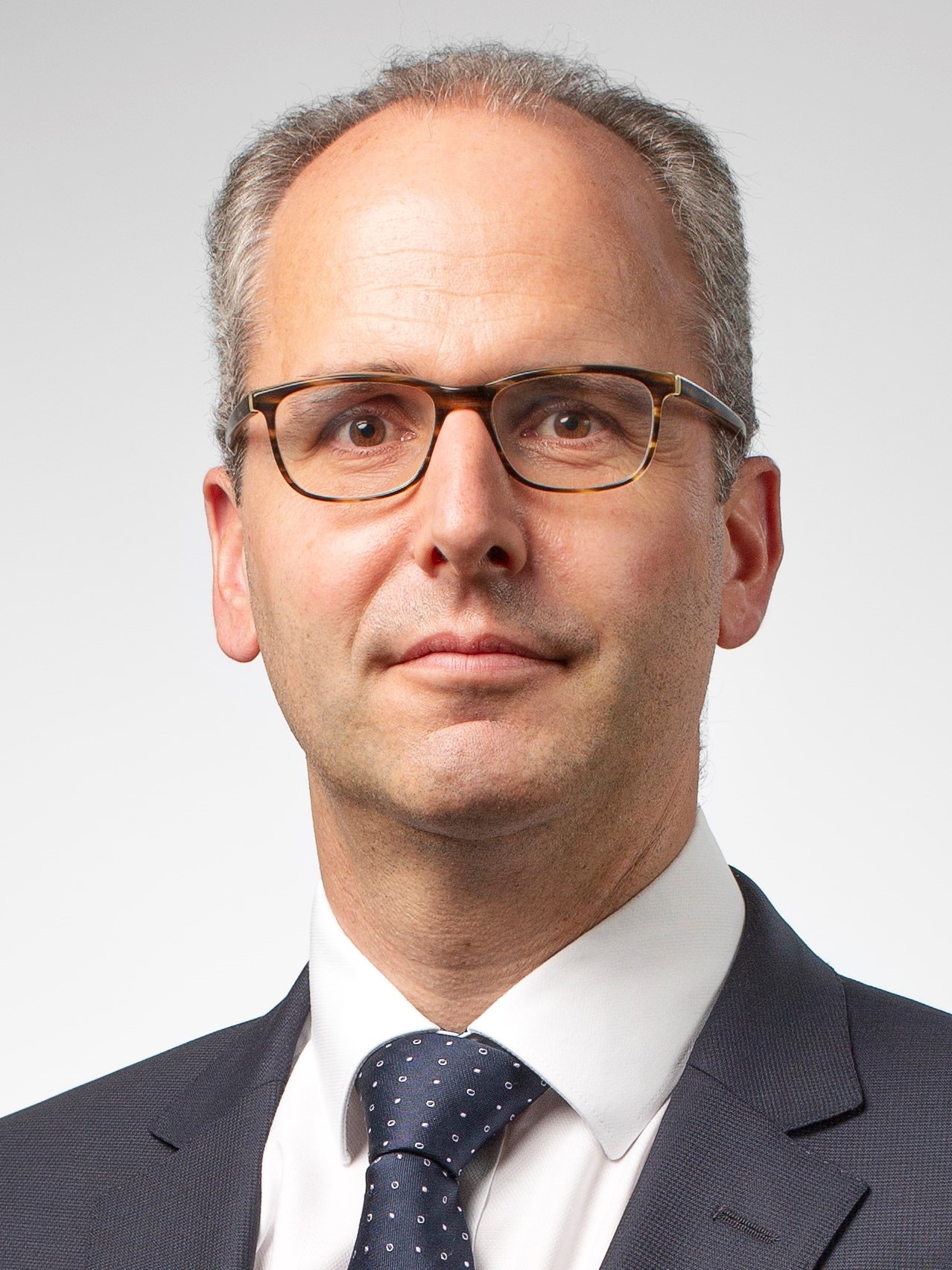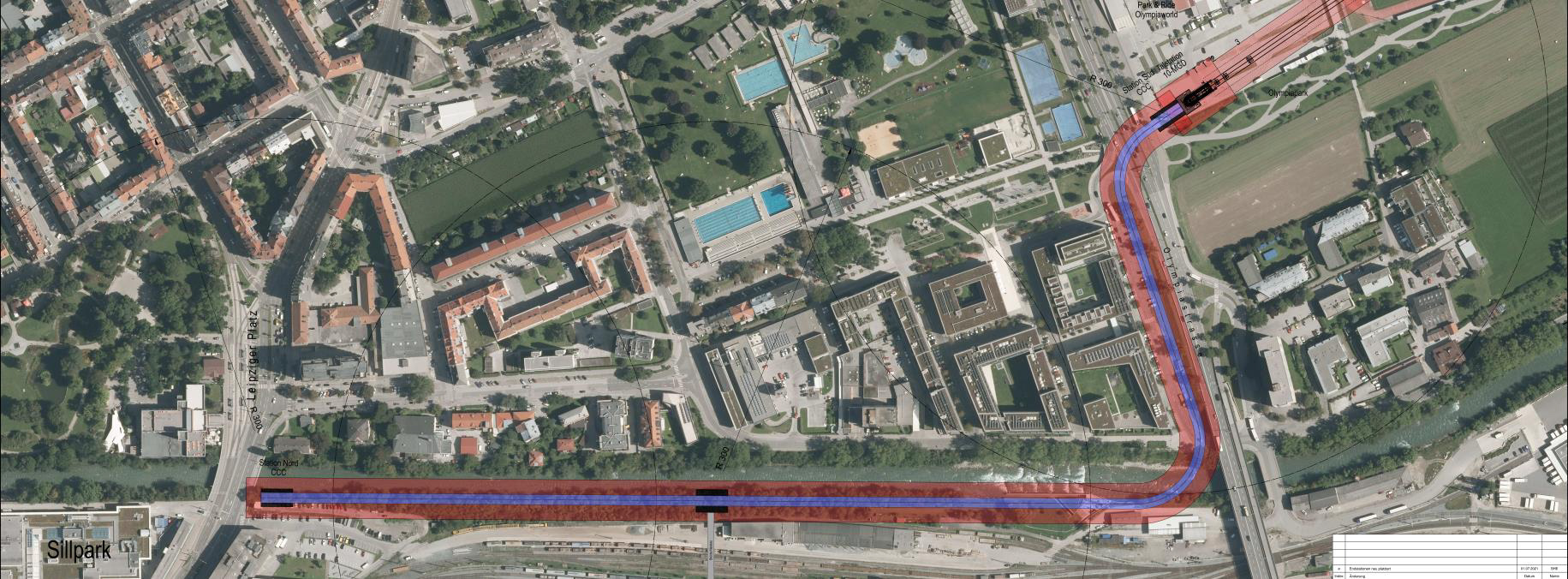
Cities, SI Urban 1/2022, Tourism
Lukas Praxmarer – “THE POLITICAL WILL MUST BE THERE”
SI Urban: Mr Praxmarer, when is a feasibility study into urban cable cars actually viable?
Lukas Praxmarer: Unlike established modes of transport, cable cars have major obstacles to overcome in people’s minds. Because of this, the political will must be there, even before a study begins. In our case, we were commissioned by the city of Innsbruck and the state of Tyrol to examine the potential of cable cars in the eastern and western highlands and in the city itself.
How did you tackle this specifically?
Initially, we assessed the basic information for the planning, such as topography, settlement structures, traffic flows and natural hazards. We obtained the data from state institutions.
The Tyrol transport model plays an important role, in which the mobility behaviour of the region is documented. The second pillar comprised workshops with the communities concerned. Together, we assessed the local mobility needs and defined transport hubs where cable car stations could be viable.
This also concerned locations in the valley that could meet the demand from settlements higher up. At this stage, we had no discussion whatsoever as yet regarding connecting the points to cable car lines.
And how did you then find the cable car routes to be examined?
In Innsbruck the rule was that the construction cable car lines is possible only over undeveloped land. The policy therefore aims to reduce acceptance problems and litigation in advance. In general, the routes must be technically viable, and they should keep away from potential hazards as well as respecting nature conservation and the landscape.

But at this stage, we still do not know whether the cable car route is actually viable in terms of transport.
Exactly. That is why the next step is to conduct a potential analysis of the most promising options. In Innsbruck, we examined and evaluated the travel connections and compared the travel times of the existing modes of transport with the respective cable car.
To estimate potential passenger numbers, we used traffic flow calculation models as well as our experience with pricing models, feeder systems such as bus and bike, and effects from tourism as weekends and during holiday periods.
In Innsbruck we additionally took into account “soft” criteria in selection of the mode of transport, such as environmental aspects and the cable car bonus, i.e. pricing support from the state. We then also broke down the potentials for the individual cable car sections.
What were the results?
Of five cable car routes investigated, we were able to eliminate four. This is a success, as it means that we prevent the discussion every few years of projects that are actually unviable.
The options mostly offer too little potential, perhaps because too few passengers live in the catchment area, perhaps because too many connections would be required or because the settlement development cannot be estimated. The only viable cable car route is the Innsbruck – Lans/Igls – Patscherkofel valley corridor.
How?
At 8,400 journeys per day, this preferred option holds the greatest transport potential and combines both everyday and leisure journeys. As such, the first section of the cable car begins in the Sillpark urban centre, connects to the central railway station and offers transport to the Olympiaworld business and event centre. A bus terminal would be developed here, ideally in combination with the cable car station.
The second section connects to the central highland villages of Lans and Igls. It saves the bus journey from the central highlands to Innsbruck and makes cycling an attractive option for commuters.
The third section, to the valley station of the existing Patscherkofel cable car, primarily has a high recreational value. Tourists and locals can effectively board at the main railway station and alight directly at the ski resort and adventure mountain.
What are the challenges of the selected route?
The first section is located in the middle of the city and needs to cope with two tight bends. It should therefore be implemented according to the city cable car concept: the gondolas run on rails here, rather than on a cable.
This technology is fully developed but has never yet been put into practice, which holds a certain risk. Both of the other sections are designed as classic single-cable circulating tracks. Crossing a motorway, power lines and a golf course are the critical points here. The wind could also be challenging and potentially even necessitate a three-cable circulating track.
It is also important for the cable car to be integrated into the fare structure of the ticket network and to exploit effects such as small freight logistics and a pricepremium for transport during leisure time.
Cable car Innsbruck -Lans/Igls -Patscherkofel
| Section 1 | Section 2 | Section 3 | |
| Length | 1240 m | 2390 m | 1909 m |
| Altitude difference | 0 m | 270 m | 153 m |
| Transport capacity | 2400 P/h | 2400 P/h | 2400 P/h |
| Gondolas | 28 | 63 | 50 |
| Speed | 6.5 m/s | 6.5 m/s | 6.5 m/s |
| Journey time | 4 min | 8 min | 7 min |







